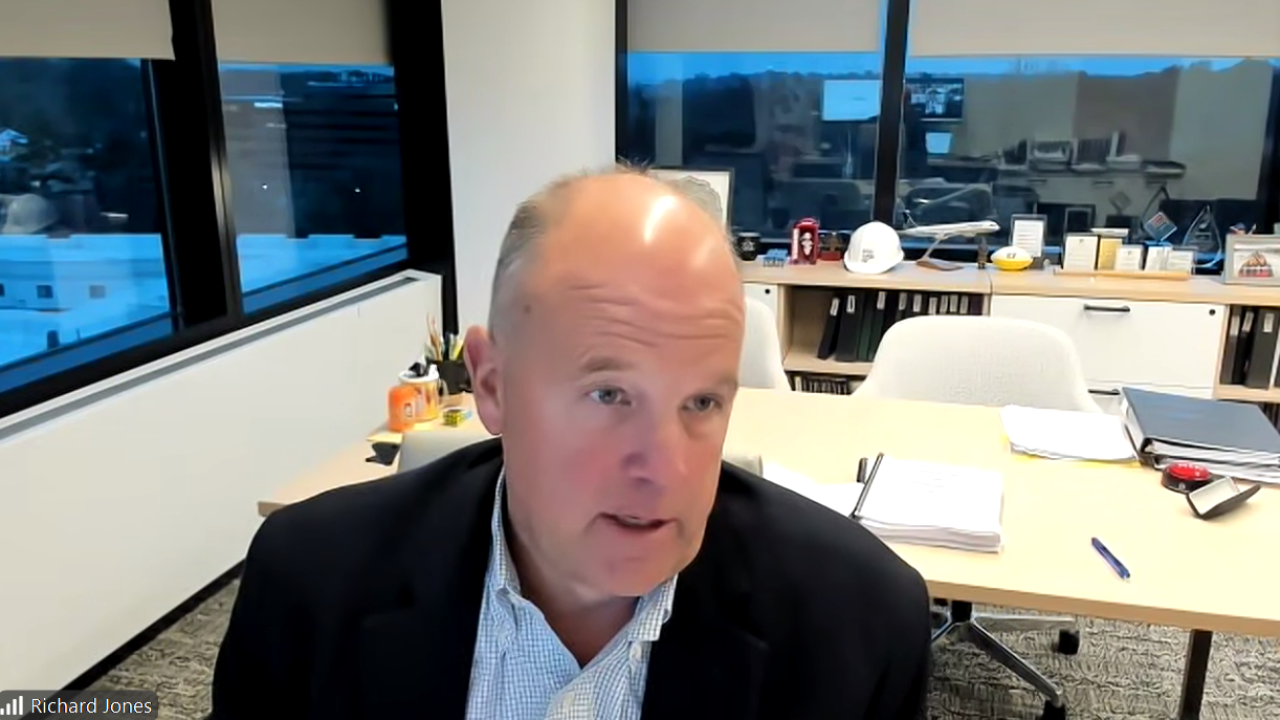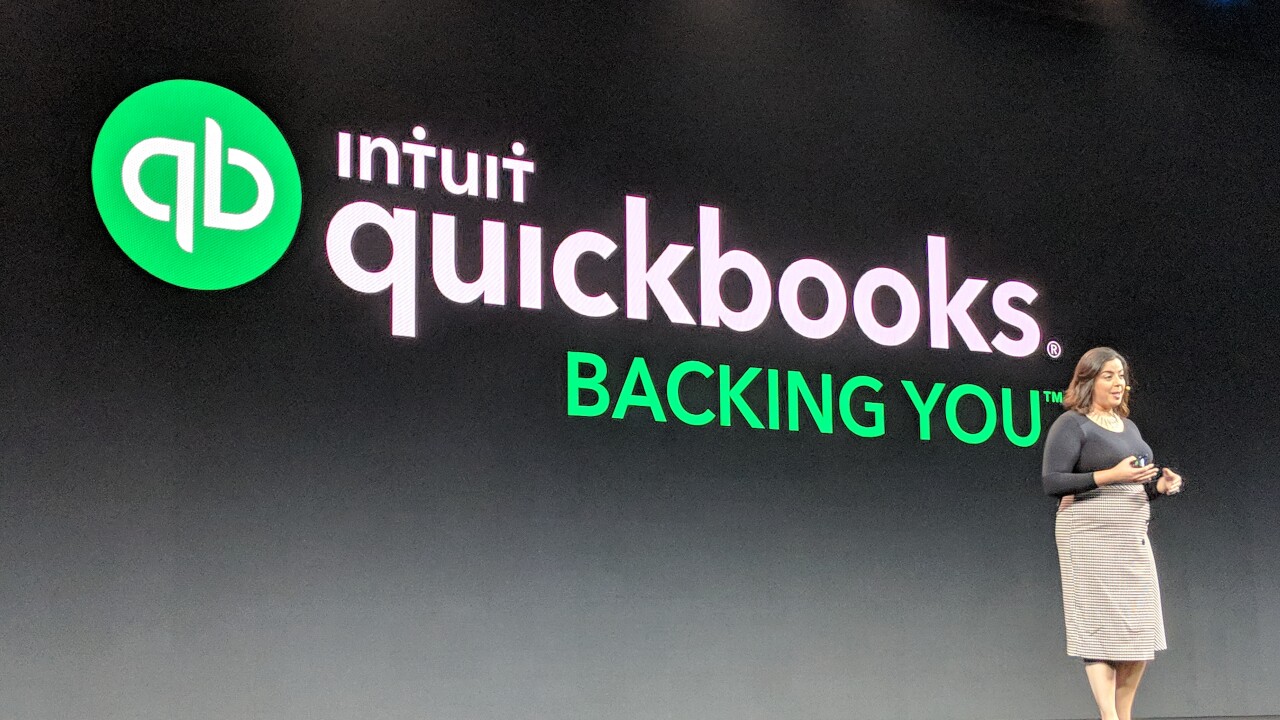IMGCAP(1)]Cold calling is much like my golf game: unpredictable with unmet expectations.
Part of the reason why some people dislike cold calling is the perception of what cold calling is all about. Usually long-term self-inflicted perceptions.
I have yet to find the results of a poll where accountants were asked if they went into the accounting industry to get into sales. Some accounting professionals may have the perception of cold calling as walking into a business without an appointment (cold), requesting to see the CEO, president, CFO, or business owner, meeting with them, and walking out the door with a new client. Its not to say this method wont work, but like anything else in business development, its a numbers game.
You may be looking at a low hit ratio or, worse than that, alienating the person you are requesting to see. The person you requested to see may interpret your unannounced visit as an intrusion on their day. You dont want to start off trying to build a relationship with your target thinking, Do they think I have nothing to do but wait to meet with salespeople? Ouch!!!
To utilize cold calling as one of the avenues to bring in new business to your accounting firm, maybe the definition needs to be changed. Sorry, Daniel Webster. Perhaps looking at cold calling as a gathering tool to add new names to your pipeline of prospects will make this difficult and bitter pill easier to swallow. You do have a pipeline of prospects, dont you?
By not using cold calling to grow your firm, its the same thing as when an expressway closes down one of the lanes on the expressway. You may go from four lanes to three lanes. The main lanes to grow your firm include: expansion of services to existing clients, referrals from clients, referral sources who present their clients to you, walk-in business, marketing campaigns, and your website. Why close the cold calling lane? Open it up.
Instead of trying to walk in unannounced to meet with a decision maker, consider this approach that has worked:
While unscientific, look for a building in your market that houses a business, whether its manufacturing, distribution, technology, etc. Assume (and, yes, I know the old line about the meaning of assume) they are big enough to have their own building and the parking lot is filled with cars. This is a target your firm wants.
I have always been a big premium guy. Tie your logo with an item and give it away. To that point, I use a Rubiks Cube. I have nine squares to tell my story, or one side of the Rubiks Cube. The top three squares on one side have the words, providing solutions for the twists and turns in your business. The next two lines of three squares say we are an accounting firm, have an M&A practice and group benefits/financial planners. Understand this is a teaser, a visual, not the platform space for the next Great American Novel.
I go to the reception desk holding the Rubiks Cube so the receptionist can see the cube in my hand. I dont shove it in her face, but hold it or place my hand on the reception counter so she sees it. More often than not, the receptionist will make some comment about the cube. Once that happens, my ask gets easier. I will ask for the name of the president, or better yet their business card. I will take the name and ask to see if its possible that so and so receives the Rubiks Cube along with my business card.
Then I research the company via their website, send an e-mail to my colleagues asking if they know this company, and then make the call the next day while the Rubiks Cube is still fresh in their mind.
Once I have my target and/or their gatekeeper on the phone, I will say, Im the guy that left the Rubiks Cube. Odds are in my favor that not too many others left a Rubiks Cube for them. Now, if I left a brochure instead and three other people left their brochure, my advantage is gone. Nobody is going to throw away a Rubiks Cube. They will either keep it, give it to their kids or gatekeeper, but they will not toss it out like a brochure. But they know they got a Rubiks Cube.
Once I have them on the line, I know I want to set a time to meet face to face, but I need to be flexible and see where they take the conversation. I can try to direct the conversation but I need to improvise as well. I feel like the cop shows when they are trying to keep someone on the line for as long as they can to trace a call.
A follow-up thank you note or e-mail is sent after the call, detailing the call or the next steps.
The business then goes in my pipeline of prospects list no matter what happened as a result of my initial conversation. This is where the hunt begins. You work the names over time. You have to keep in contact and follow up to keep your name and your firms name in front of them. If you dont follow up, dont go out cold calling.
The only thing cold calling will bring to you today will be the potential for new business opportunities tomorrow.
This is only one approach to cold calling. Try different approaches to get your name out into your market, but above all, follow up.
Nicholas D. Keseric Jr. is the director of practice growth with Mulcahy, Pauritsch, Salvador & Co, a Chicago-area middle-market CPA firm, and a partner with MPS Capital Advisors-Mergers & Acquisitions.





